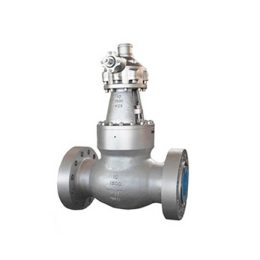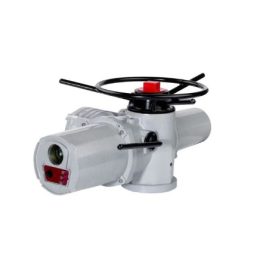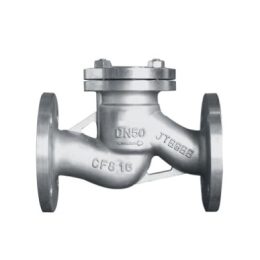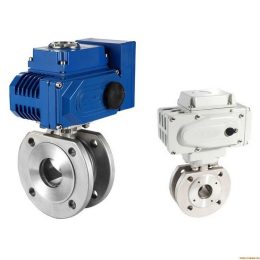Ball Valve Pressure Limitation And Troubleshooting Methods
Ball Valve Pressure Limit
The maximum allowable operating pressure of the ball valve at the maximum and minimum operating temperatures is displayed on the nameplate. PTFE or RTFE seats and seals are used in the valve. For other types of seat and seals, the operating temperature should be verified by the KI factory.
The nominal pressure rating (PN) indicates the maximum working pressure of the valve under normal temperature conditions. For instance, PN4.0 signifies that the maximum working pressure at an operating temperature of -190C to 380C is 40 Bar (4.0MPa). For precautions regarding electric or pneumatic actuators, please refer to their corresponding instructions.
Ball Valve Troubleshooting
The ball valve can become scoured by the material over time, resulting in friction, severe impact, and wear. This can lead to suboptimal production and a shortened service life of the equipment. Nowadays, ball valve wear-resistant materials like ceramic materials, polymer composite materials, etc., are frequently used along with more technical systems. The polymer material has exceptional adhesion performance and super wear resistance, which solves the frequent metal wear issues safely and ensures the normal production of enterprise equipment. Moreover, the unique ceramic material and special surface strengthening agent in the material make it superior in wear resistance and physical impact resistance to any steel or even ceramic tile in the harshest dry grinding environment. The material is not compatible with coal and is an ideal material for preventing coal deposits.
Precautions for Ball Valve Pressure Limitation
The ball valve pressure limitation is critical to ensure that the valve functions optimally and safely. It is essential to follow the manufacturer’s recommended pressure limits and avoid exceeding them. Overpressure can cause the valve to fail, leading to equipment damage or even injury to personnel.
Before installation, the ball valve must be inspected to ensure that it is free of any foreign materials or debris that could damage the valve or prevent it from functioning correctly. Proper installation is also crucial for the valve’s optimal performance.
During operation, it is essential to monitor the valve for any signs of leaks or damage. If any issues are detected, the valve must be inspected and repaired promptly to prevent equipment damage and ensure safe operation.
Conclusion
Ball valve pressure limitation is crucial for the optimal performance and safe operation of the valve. It is essential to follow the manufacturer’s recommended pressure limits, inspect the valve before installation, and monitor it during operation for any signs of leaks or damage. With proper care and maintenance, the ball valve can provide reliable service and a long service life.
- Forged Globe Valve
- “Streamlined and High-Pressure Ready: The Benefits of Socket Welding Check Valves”
- Metal Seated Ball Valve
- Introduction Of Floating Pneumatic Ball Valve
- The Advantages of Pressure Seal Valves in High-Pressure Systems: A Comprehensive Guide
- Understanding the Industrial Applications of Socket Welding Check Valves



